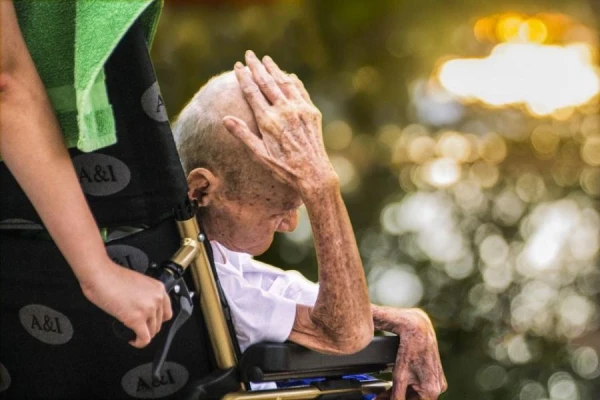
Our body in a state of sleep speaks for us: the habitual position can hint at what we are lacking and what emotions we are suppressing. Pay attention to yourself — sometimes the answers lie right under the blanket.
Fetal Position
If you sleep on your side, slightly rounding your back and pulling your knees up, your body is choosing the most natural and safe position. This position does not indicate vulnerability but rather a need to deeply relax and find a sense of inner calm.
Face-Down Position
Sleeping face down often occurs in those who are emotionally drained or under pressure. It is a kind of “do not disturb” gesture: the body seeks to cut off external stimuli — light, noise, hustle — and fully concentrate on resting. Often, people sleep this way in unfamiliar surroundings.
Soldier Position
A straight back, arms extended along the body, maximum stillness — a sign of inner tension. It’s as if you are trying to maintain control even in sleep. Typically, this is how people fall asleep when they are preoccupied with thoughts about work, obligations, and unfinished tasks.
Hands on the Stomach or Under the Pillow
This position indicates a lack of tactile and emotional warmth. The body seeks additional contact to feel safe. More hugs, softness, and closeness — and the inner tension will gradually fade away.












